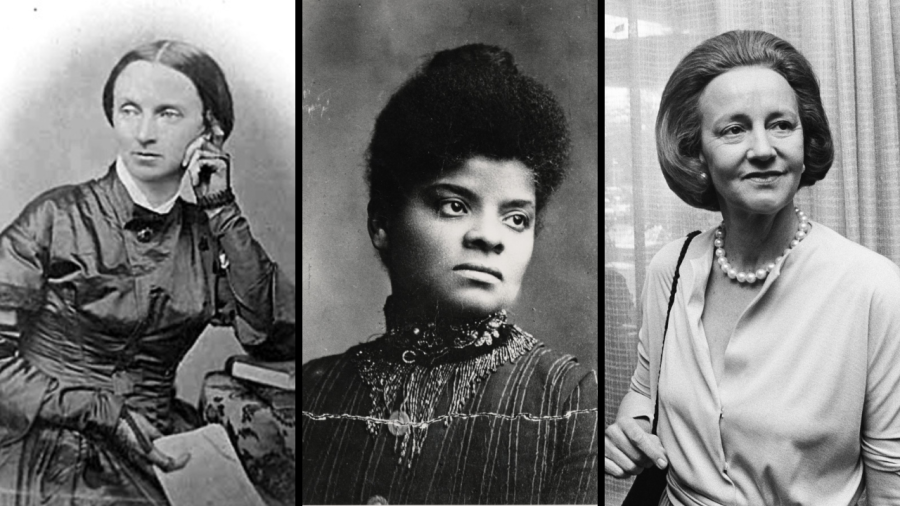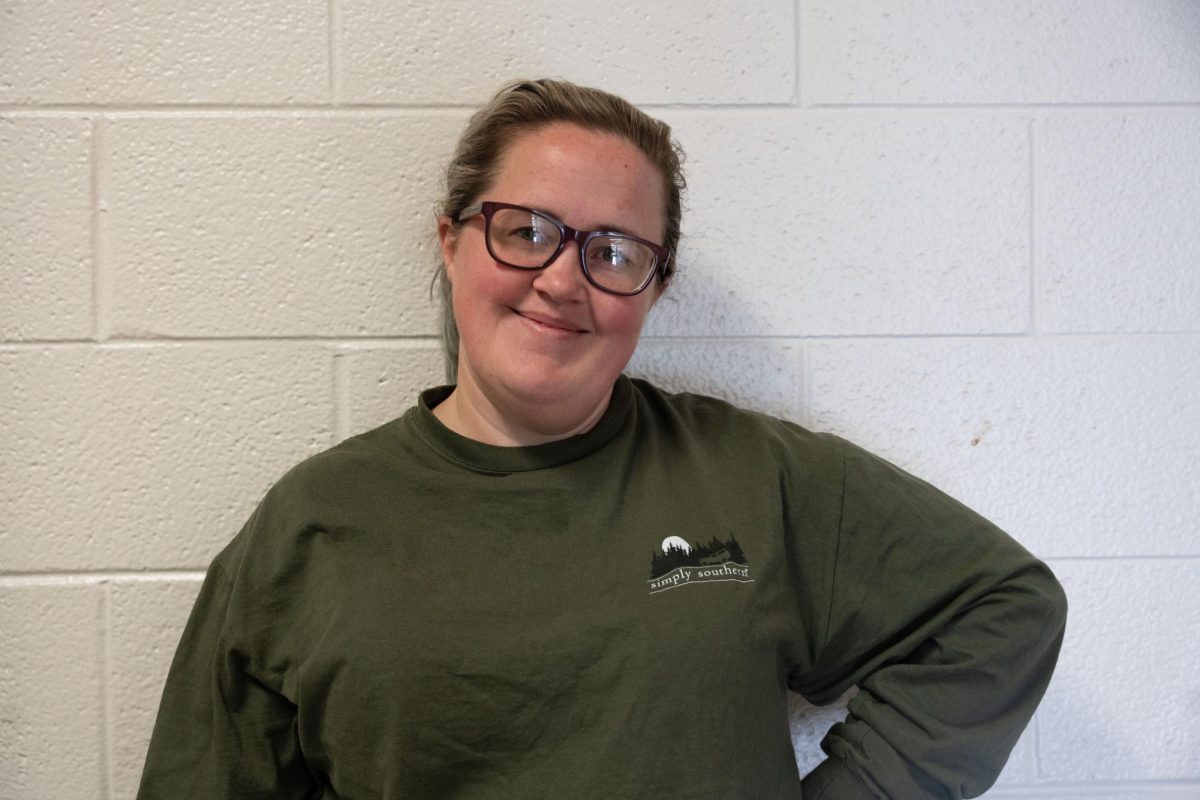Pressing For Equality: These female journalists have developed story of women in news
(from left to right) Jane Swisshelm, Ida B. Wells and Katharine Meyer Graham
March 22, 2023
March is Women’s History Month, and for centuries women have been paving the way for equality in freedom of the press. Many have made advancements in the profession of journalism, three women in particular hold a vast amount of recognition for being some of the most impactful in their field.
Jane Swisshelm: Born in Pittsburgh, Pennsylvania in 1815, Swisshelm is widely regarded as the first female journalist in the United States. Even before she was writing for one of the top papers in the country at the time, Horace Greenly’s New York Tribune, Swisshelm was an avid author and activist. She wrote about the injustices of slavery and racism and advocated for women’s rights, such as the right to own property. After her writing job with The Spirit of Liberty, an abolitionist newspaper in Pittsburgh, fell through because of the paper’s untimely collapse, Swisshelm founded her own newspaper, Saturday Visiter, in 1847, which merged with the local Commercial Journal after just three years. In her years as a writer for the New York Tribune, Swisshelm became the first female reporter admitted into the Senate chamber gallery in 1850. Eventually, she moved to St. Cloud, Minnesota, where she wrote and edited for papers such as the St. Cloud Visiter, continuing to advocate for anti-slavery and women’s rights.
Ida B. Wells: As well as being one of the first Black women to strongly pursue the field of investigative journalism, Wells is even more widely known as one of the most important leaders in the early years of the civil rights movement. She was born into slavery in 1862 and was freed by the Emancipation Proclamation a year later. After her parents passed away when Wells was only 14, she and her grandmother took over as the heads of their family, working hard to make sure they could keep Wells and her siblings together. Wells eventually became a teacher in Memphis, Tennessee; shortly after, she became the co-owner of the Memphis Free Speech and Headlight, where she wrote about injustices and racism in the area, as well as writing anti-lynching rhetoric, that she received much criticism for. Wells also helped found the National Association for the Advancement of Colored People (NAACP) and spent her whole life and career speaking out and protesting against the discrimination that frequented the Black community.
Katharine Meyer Graham: While Graham initially described herself as a “doormat wife” in her early adult years, she very soon became arguably one of the most influential American women of her time, especially in the field of journalism. Graham was born into a wealthy family in New York City in 1917, where her father was able to buy The Washington Post when she was 16. Before she was married, she wrote journalistically in San Francisco after graduating college. She wed Philip Graham in 1940, and only six years later, Katharine’s father handed down The Post to Philip instead of his daughter. At the time, Katharine was not concerned with this, but when Philip committed suicide in 1963, Katharine took over the paper and ended up being far more impactful to its success than her husband ever was. She led The Post’s coverage on the Watergate scandal from 1972-74 and was the first woman ever elected to be on the board of the Associated Press. Her memoir also won a Pulitzer Prize in 1998.
No matter the month, it’s important to recognize the women who fought against prejudice to pave the way for today’s female journalists to be able to thrive and make an impact. These women proved that no story or paper is too small, and that everyone can make a difference if their voices are just allowed to be heard.






